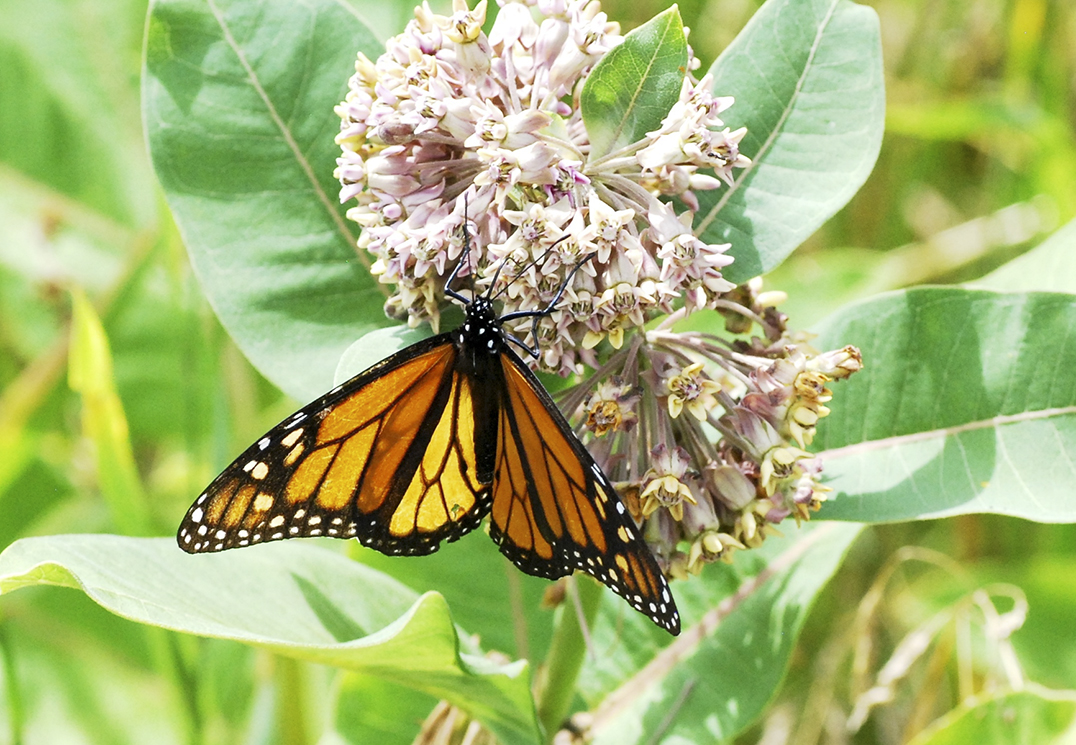How safe is your farm?
There are many potential dangers on farms that can cost you you and your business. Visit ontario.ca/farmsafety for a list of resources to help you plan ahead to prevent accidents and to protect your family, your employees and your livestock.
Cover Crops Following Cereals and Late Summer Harvest Crops
What is the best cover crop species to use following wheat and other crops harvested in late summer? Cover crops can help improve soil structure, protect the soil from erosion, feed soil life, suppress weeds, cycle nutrients, and provide feed for livestock and much more. Cover crops are not a magic solution for your soil problems, but when combined with other good soil management practices they can help improve soil health. Red clover is still the best cover crop option in winter wheat as it provides a nitrogen credit to the following crop and produces significant top (3,600 kg/ha by mid-October) and root growth, as well as an 80 kg/ha nitrogen credit for the following crop. If red clover is not an option or did not establish, then planting cover crops following a cereal crop is the next option. Many think that volunteer cereal growth is good enough, but a planted cover crop can provide up to five times the above ground biomass and root growth. It can also suppress weed growth, which volunteer cereal growth cannot do. Cover Crop Selection: The cover crop chosen for a field will depend on why you want to grow the cover crop. You will also need to consider how it will fit into your cropping and tillage system and how much time there will be for the cover crop to grow. The OMAFRA website (in the soil management section) provides comprehensive information on cover crop species selection and management.




